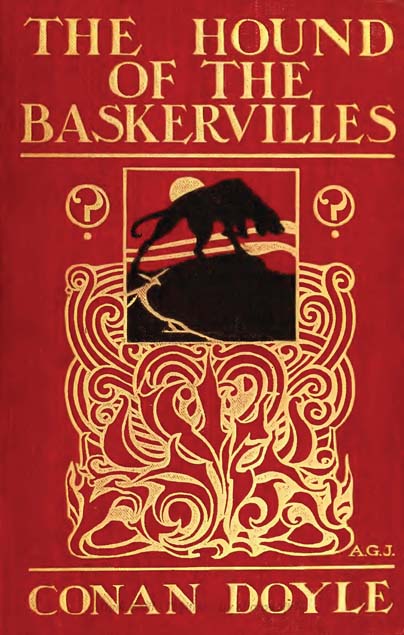Mystery fiction can sometimes be difficult to define. It is often confused with crime fiction or even thriller fiction, and indeed a book can be mystery, thriller, and crime all in one. However, mystery fiction does have certain defining characteristics that set it apart. These same characteristics can make the mystery genre difficult to write.
The Characteristics of a Mystery Novel
Simply put, a mystery novel is one that contains an element of mystery. Very often, it is a story where a detective, professional or not, attempts to solve a crime that is committed at the very beginning of the novel. In some cases, this crime is committed before the novel begins. Regardless, the emphasis of a mystery novel is on the puzzle presented and finding a logical solution to that puzzle.
Mystery novels do not necessarily have to revolve around crime drama, however. It is entirely possible to create mystery fiction that does not involve crime at all. Supernatural mysteries, for example, are often about solving a supernatural mystery and do not involve a crime element. Mystery fiction is primarily about the mystery, not about the other elements that may be present.
Writing a Mystery
Mystery fiction is all about engaging the reader from the first page. The novel should start with the discovery of a mystery, but nothing should be given away. You don’t want your readers to know exactly where the novel is going or how it’s going to get there. Give your readers just enough information to hook them with the first scene. If you do this well, your audience with be eager to keep reading, to find the solution to the puzzle.
The key to mystery fiction is the keep the reader legitimately confused without being ridiculous. You don’t want to bore your readers by giving away too much too soon. You want to put them in the shoes of your protagonist, allowing them to solve the mystery as it unfolds. If they figure it out by the end of the first chapter, you’ve lost the opportunity to create a truly engaging mystery novel.
Mystery is always tricky. You have to leave enough clues that the puzzle can be solved while hoping that the reader misses the clues or forgets them before the end of the novel. A large cast of characters can help, though a beautiful mystery novel can be created with only a few. However you choose to operate, the goal is to surprise the reader at the very end. But you also have to make sure you’ve left enough clues that your readers can be back through the book and pick them out.
Like most books, you’ll want yours to catch and keep the reader. One of the best ways of doing this is by using your chapters effectively. Use each chapter to solve a small problem or piece of the puzzle and your readers will remain engaged until the very end. Of course, this may mean that you run out of problems well before the end of the book. In this case, use your chapters to solve one problem and create another. This process is great fun for the writer and complicates your story just enough to keep your readers confused.
Writing mystery novels is fun and exciting, lending itself well to the bits and pieces approach to writing. However, creating the perfect “whodunit” does take practice and patience. Don’t expect to have your novel finished in a week. Explore the various permutations your plot might take and have fun.
